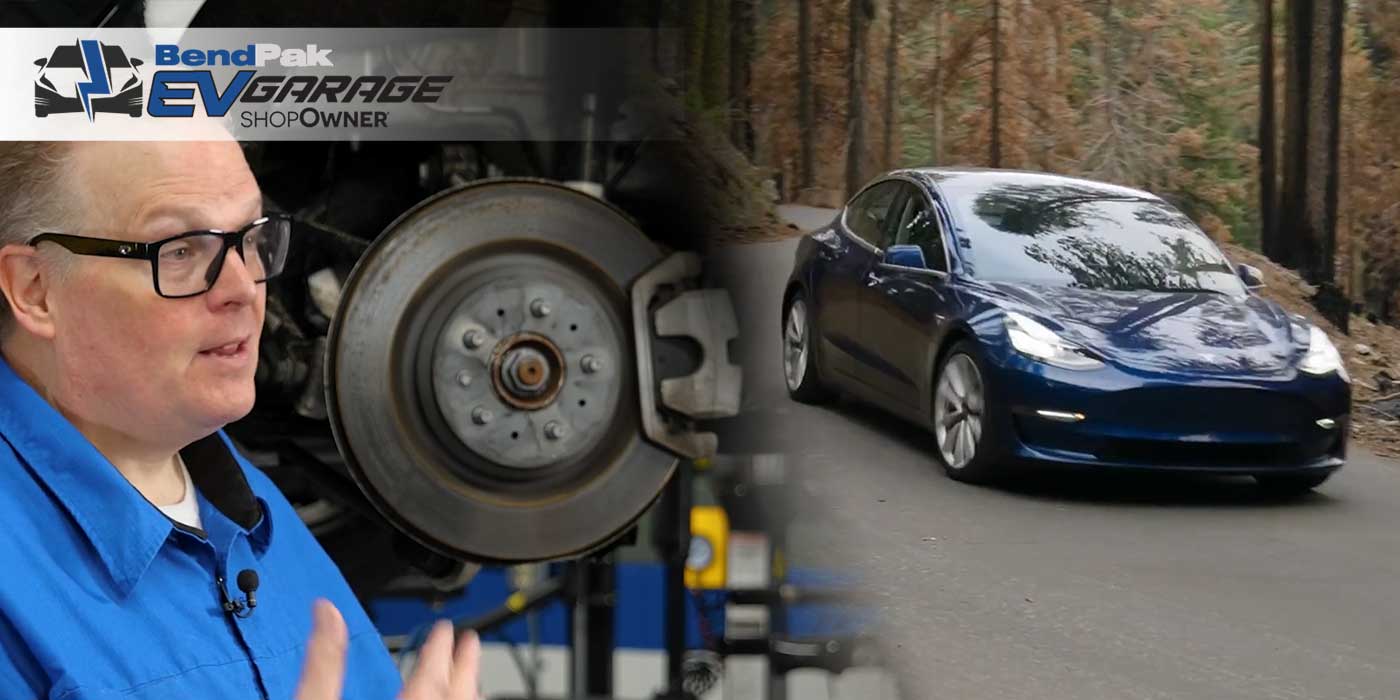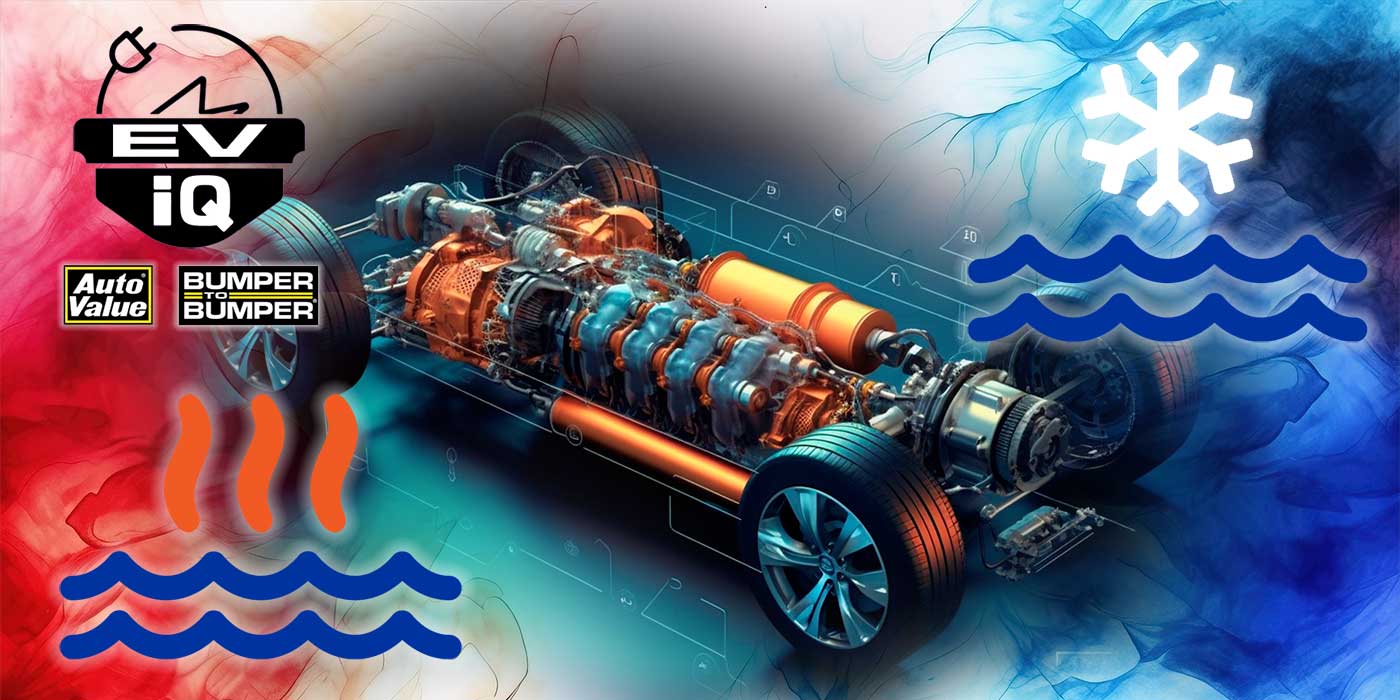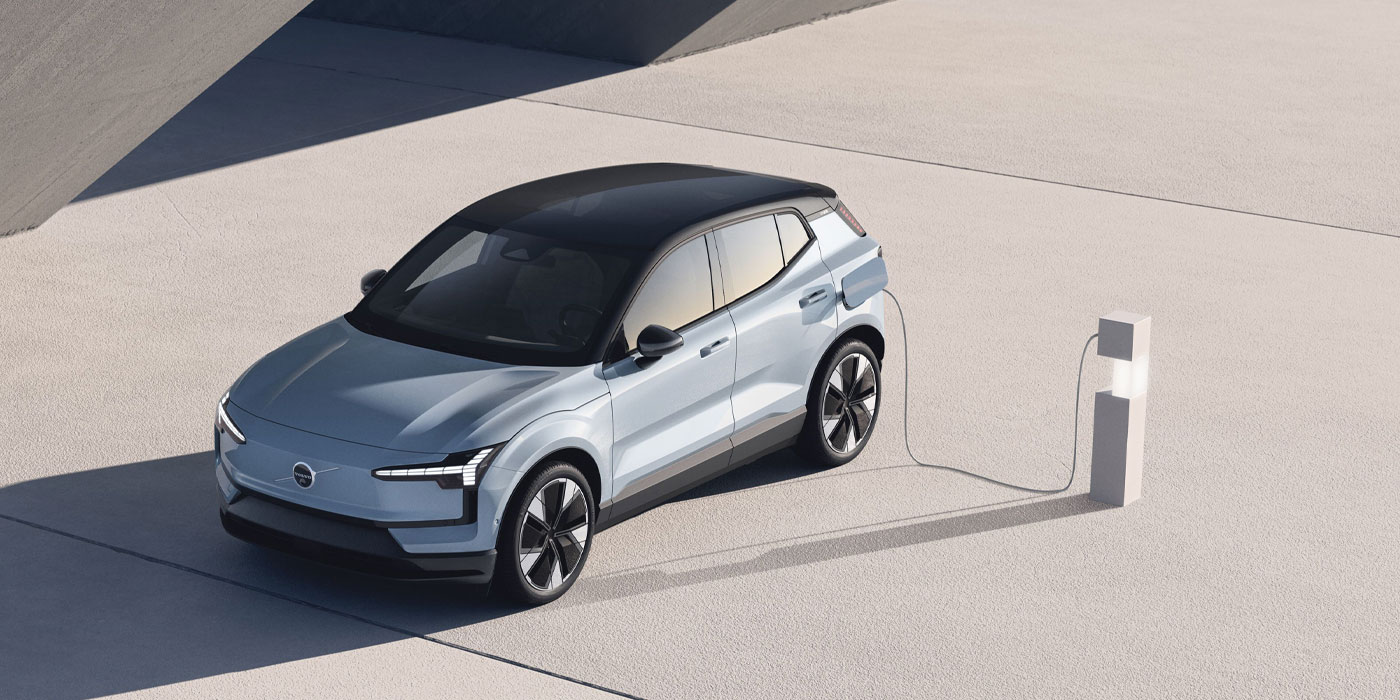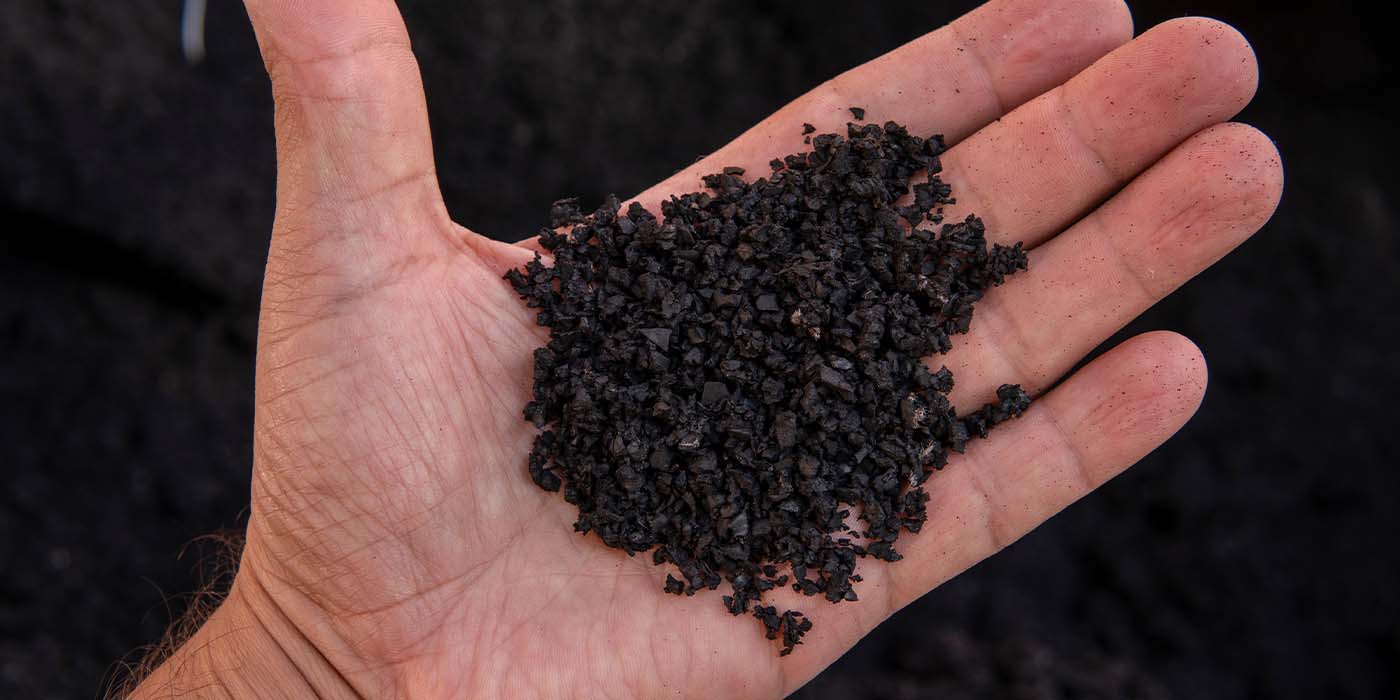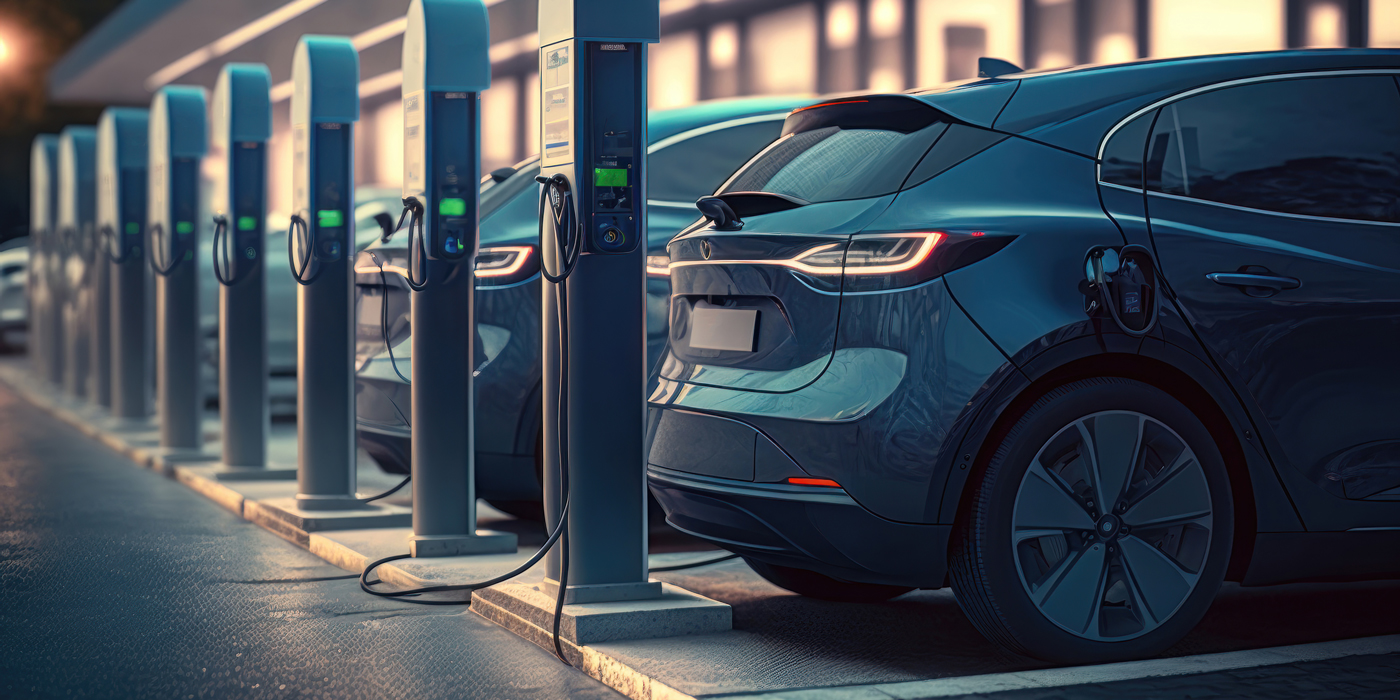Across the globe, we are becoming more aware of the health of our planet and its limited natural resources. We are beginning to understand that as consumers, our significant needs and wastes can have a detrimental effect and can subsequently impact future generations. Fortunately, the automotive industry has teamed up to begin to tackle carbon emissions and climate change. In 2022, we saw a significant transition to electric vehicles. SMP Mobility forecast electric vehicle sales in the United States could reach 40% of the car sales by 2030. Every automotive manufacturer is showcasing a new lineup of electric vehicles and drivers like you are plugging in, instead of filling up more than ever.
So, how does this meet sustainable manufacturing? With millions of commuters no longer producing tailpipe emissions, our environmental focus must shift from the drive to before the drive even begins. Electric vehicle components, especially batteries, demand significant amounts of raw materials like lithium, nickel, and cobalt, which can be difficult to source, and when sourcing them, can be damaging to the environment. Furthermore, extracting these materials for a huge automotive transition creates an immense carbon footprint and critical material demand that we just cannot meet with our current capabilities.
If we’re going to think about a sustainable electric vehicle transition, we must consider the millions of tons of critical raw materials being sourced and the emissions created when mining, fabricating and transporting those materials. With sustainable manufacturing through TerrePower, we ensure that underperforming EV components that reach the end of their first life are tested, serviced, and returned to use, whether it be in another vehicle by giving them an entirely new second life on the road, in stationary storage applications, or in other uses. These applications keep new raw materials from being sourced and harmful emissions from being released.
By implementing this circular economy process, we aren’t immediately shredding EV components for recycling, which can take significant time, energy, and increased cost. At TerrePower, we aim to utilize underperforming batteries at their highest value for as long as possible, keeping harmful production emissions out of the air, and ensuring the sustainability of critical materials. This is the electric vehicle transition with sustainability in mind. This is TerrePower.
This video is sponsored by TerrePower. TerrePower is the innovative solar panel and EV battery lifecycle management division of BBB Industries. TerrePower is an industry leader and innovator in the sustainable manufacturing of components driving our clean energy and mobility future.






